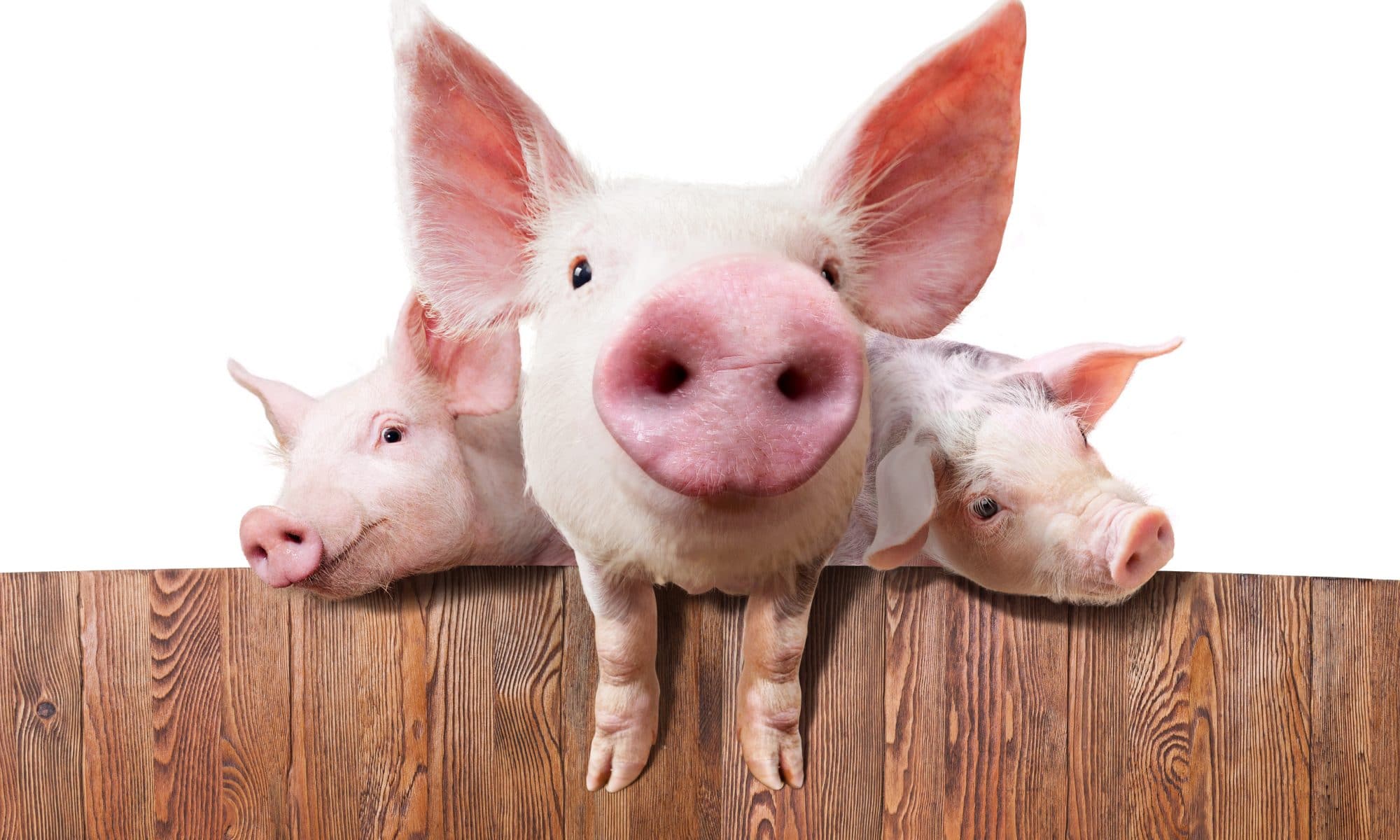Whether it’s winter fatigue in the upper Midwest or spring fever in the warmer climes of the Hog Belt, this time of year can sometimes catch producers off guard when it comes to stress on pig health. Being ready with a plan of action, however, can keep your animals healthy and your farm’s productivity on track.
Weather extremes add risk
As the days get noticeably longer, winter’s grip begins to wane, but usually not without Old Man Winter winning several battles. With daytime highs reaching into the 60s or higher, followed quickly by lows in the teens or worse, pigs and people are highly susceptible to disease challenges.
“This time of year can be especially hard on pigs and people who have endured a long winter,” says Lisa Becton, DVM, director of swine health and information with the Pork Checkoff. “Everyone is wanting to fast forward to nice-weather conditions, but many areas are not there yet. That means we have to stay vigilant on monitoring herd health and enforcing biosecurity.”
According to Becton, producers can often see disease threats such as porcine epidemic diarrhea virus (PEDV) and influenza in late winter along with perennial issues such as PRRS and Mycoplasma pneumonia. As many producers may recall from a few years ago, a disease such as PEDV in particular, requires strict adherence to biosecurity, sanitation and the pathways taken by people, pigs and vehicles coming onto or off a farm.
Biosecurity is a must
Regardless of the season, Becton advises all producers to work with their herd veterinarian on a site-specific biosecurity plan, but the basics are always the same keeping “dirty” and “clean” sides of a pig facility/location separate from one another.
“If you don’t have a “˜line of separation’ on your farm and maintain it, you don’t have biosecurity,” Becton says. “In fact, you may need to set up several lines within a site, because biosecurity is not just about exposure from the outside, but also the lateral spread of disease.”
At its most basic, a line of separation designates the outside (contaminated) area and the inside (clean) area. Think in terms of drawing a line in the sand – a point at which certain parties must not cross.
As always, keeping herd vaccinations up to date and using historical herd health data can also go a long way in helping to prepare for the disease headaches that come as the seasons begin to change.
Editor’s Note: Mike King is Director of Science Communications for the National Pork Board.
